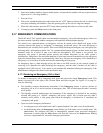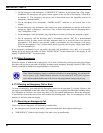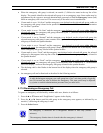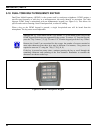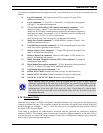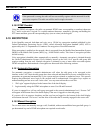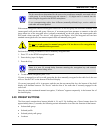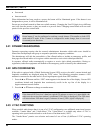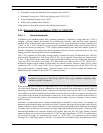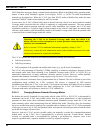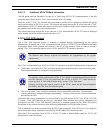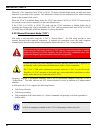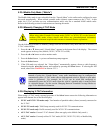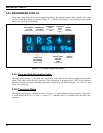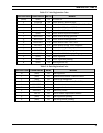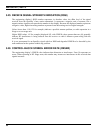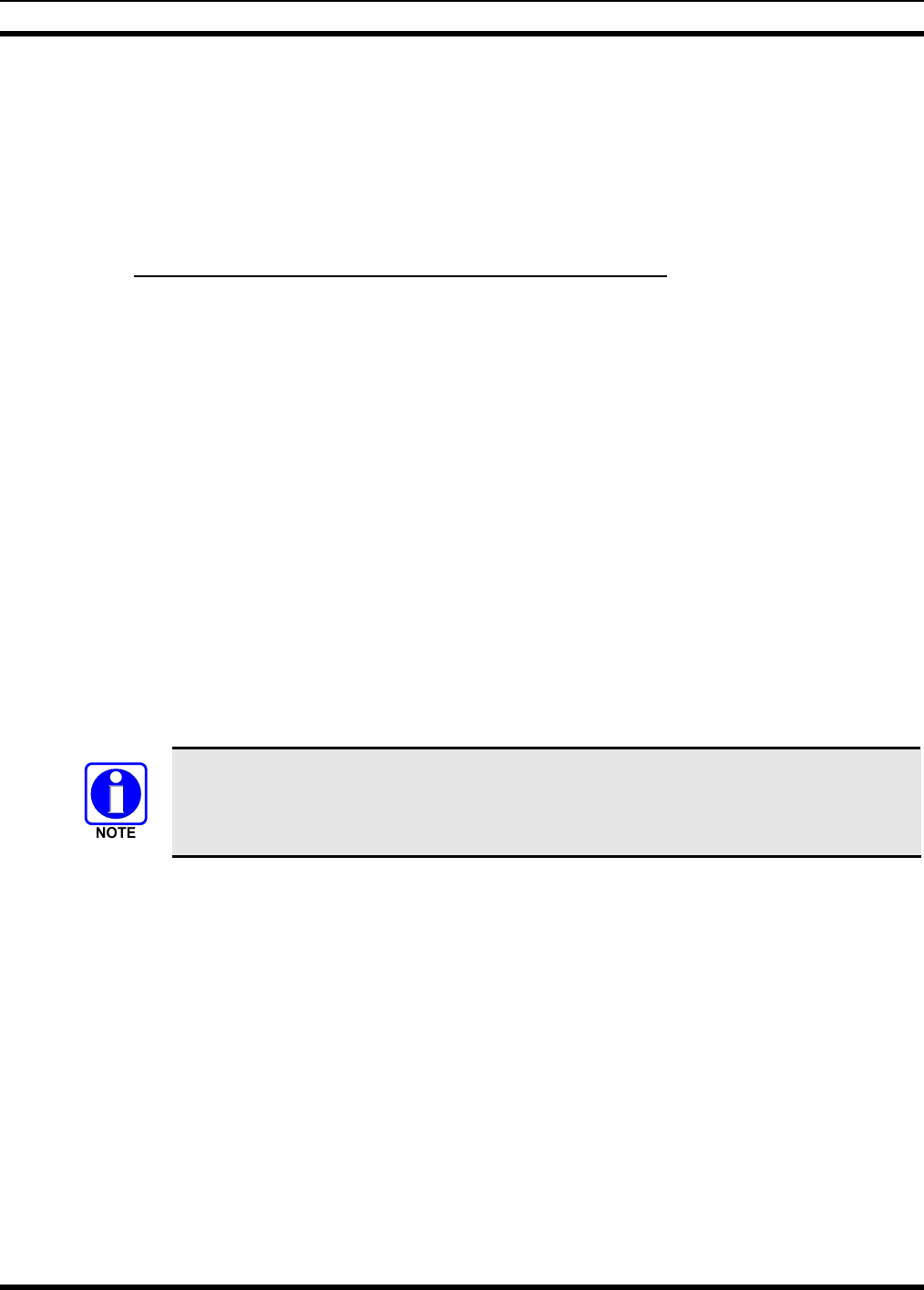
MM102014V1, Rev. G
• Extended Coverage for Individual Users (display reads “XCOV”)
• Extended Coverage for a Talk Group (display reads “XCOV-TG”)
• Scene-of-Incident (display reads: “SOI”)
• Mobile-Only (display reads: “Mobile”)
These modes are described in detail in the following subsections.
5.23.1 Extended Coverage Modes (“XCOV” & “XCOV-TG”)
5.23.1.1 General Information
In addition to all standard mobile radio operating capabilities, Extended Coverage adds the V-TAC’s
bridging (vehicular repeat) functionality for accessing the OpenSky radio network using connected
portable radios. Each portable radio connected to the V-TAC using Extended Coverage is considered a
“client” on the V-TAC. Extended Coverage benefits (permitted) portable radios since it allows them to
get network connectivity using the V-TAC’s higher transmit output power and better antenna system. In
addition, dispatchers can communicate with the portable radios (the clients) connected to the V-TAC and
logging recorders can record their tactical communications.
The V-TAC supports two Extended Coverage modes: Extended Coverage for individual users (XCOV)
and Extended Coverage for a Talk Group (XCOV-TG). Up to eight (8) client radios can connect to the
V-TAC via the XCOV mode, having fully radio functionality including selective calling and mobile data.
Using the XCOV-TG mode, up to thirty (30) client radios can connect to the V-TAC. XCOV-TG is
designed to support a large number of client radios in a tactical scenario. However, unlike XCOV, radios
connected to the V-TAC using XCOV-TG are limited to communicating only on the XCOV-TG talk
group and emergency communications. Advanced features such as selective calling and mobile data
operations are not available to the XCOV-TG connected clients.
Extended Coverage for a Talk Group (XCOV-TG) is only available in OpenSky radio
firmware versions 9.0 and later.
When operating in an Extended Coverage mode, the V-TAC acts both as a local base station by operating
on a base station frequency plan to communicate with the attached client radios and as a mobile radio by
operating on a mobile frequency plan to connect to the OpenSky radio network. The V-TAC rebroadcasts
voice traffic received from connected client radios, routes the received audio to its speaker, and relays this
voice traffic to the network for distribution to other users. It also routes received audio network traffic to
its speaker and forwards this audio to the connected client radios. However, filtering of some network
traffic can occur.
Extended Coverage mode can be enabled automatically or manually (via the menu). For example, an
automatic mode transition may occur after the vehicle’s operator has removed the portable radio from its
charger within the vehicle. When the V-TAC transitions between the Mobile-Only mode and an Extended
Coverage mode, or between an Extended Coverage mode and the Mobile-Only mode a four-beep high-
medium-high-medium tone sequence sounds in the speaker (this tone does NOT play during a manual
mode transition). Also, for ten (10) seconds, the V-TAC’s control head flashes “XCOV” if it transitions to
the Extended Coverage for individual users mode, or “XCOV-TG” if it transitions to the Extended
Coverage for a Talk Group mode, or “Mobile” if it transitions to the Mobile-Only mode (the display does
49



